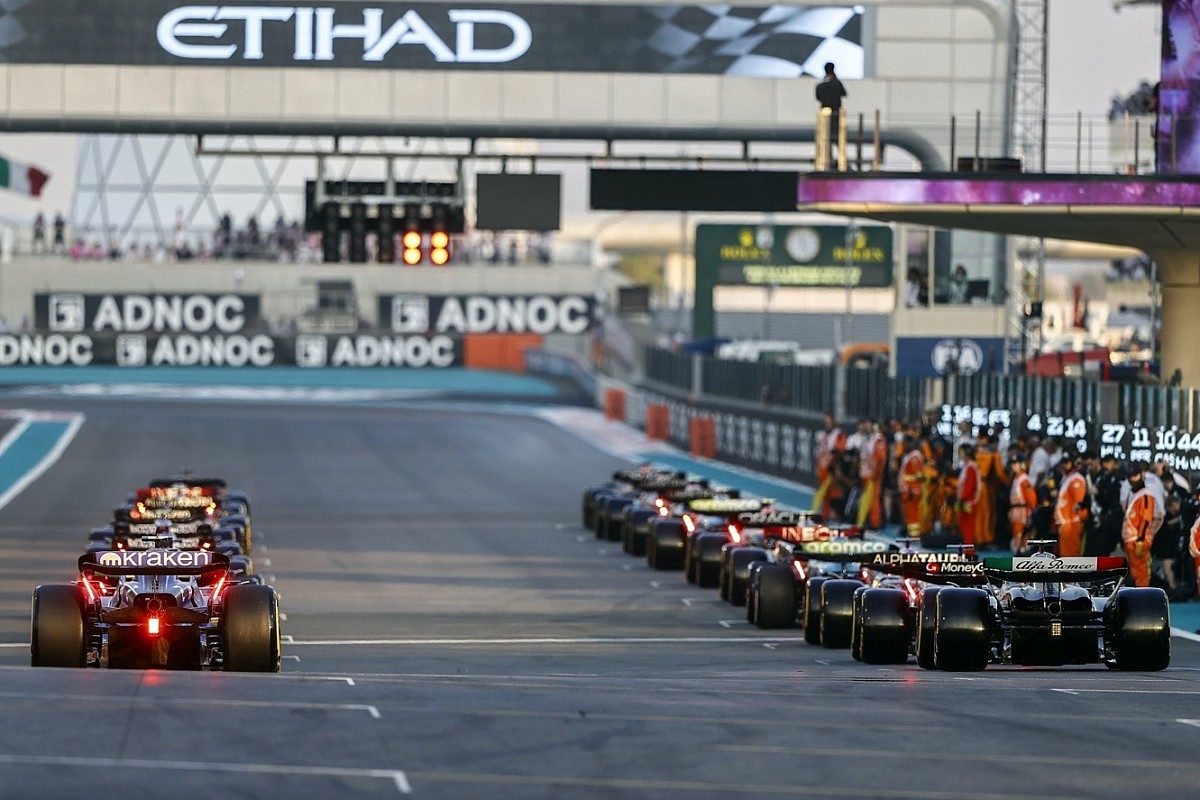P1racenews AI automatic summary:
How F1’s impending engine revamp puts new emphasis on electrical power
“Formula 1 and Formula E are two racing series that have opposite focuses. Formula 1 prioritizes aerodynamics and will introduce new rules in 2026 that may shift the emphasis towards engine performance. Formula E, on the other hand, emphasizes powertrain efficiency and uses spec chassis with standard aerodynamics.
The 2026 rules in Formula 1 are expected to maintain the 1.6-litre V6 engines but remove the expensive and unpopular MGU-H component. This change may make the engines less efficient, as the MGU-H both recovers energy and prevents turbo lag.
The use of non-fossil fuels, such as biofuel or e-Fuels, in Formula 1 is a logical move towards carbon neutrality. These fuels can be implemented without major modifications to current or future engines. However, biofuel is unlikely to be used globally in passenger cars.
The electrical power output in Formula 1 will significantly increase from 120kW to 350kW, leading to reduced fuel consumption targets. However, simulations suggest that at high-speed tracks, the combustion engine may primarily function as a generator to charge the batteries.
Overall, the changes in Formula 1 represent more of a fine-tuning rather than a revolution, as the focus remains on maintaining the V6 engines and attracting manufacturers. The future of racing, it seems, lies away from the internal combustion engine and towards electric power.”






